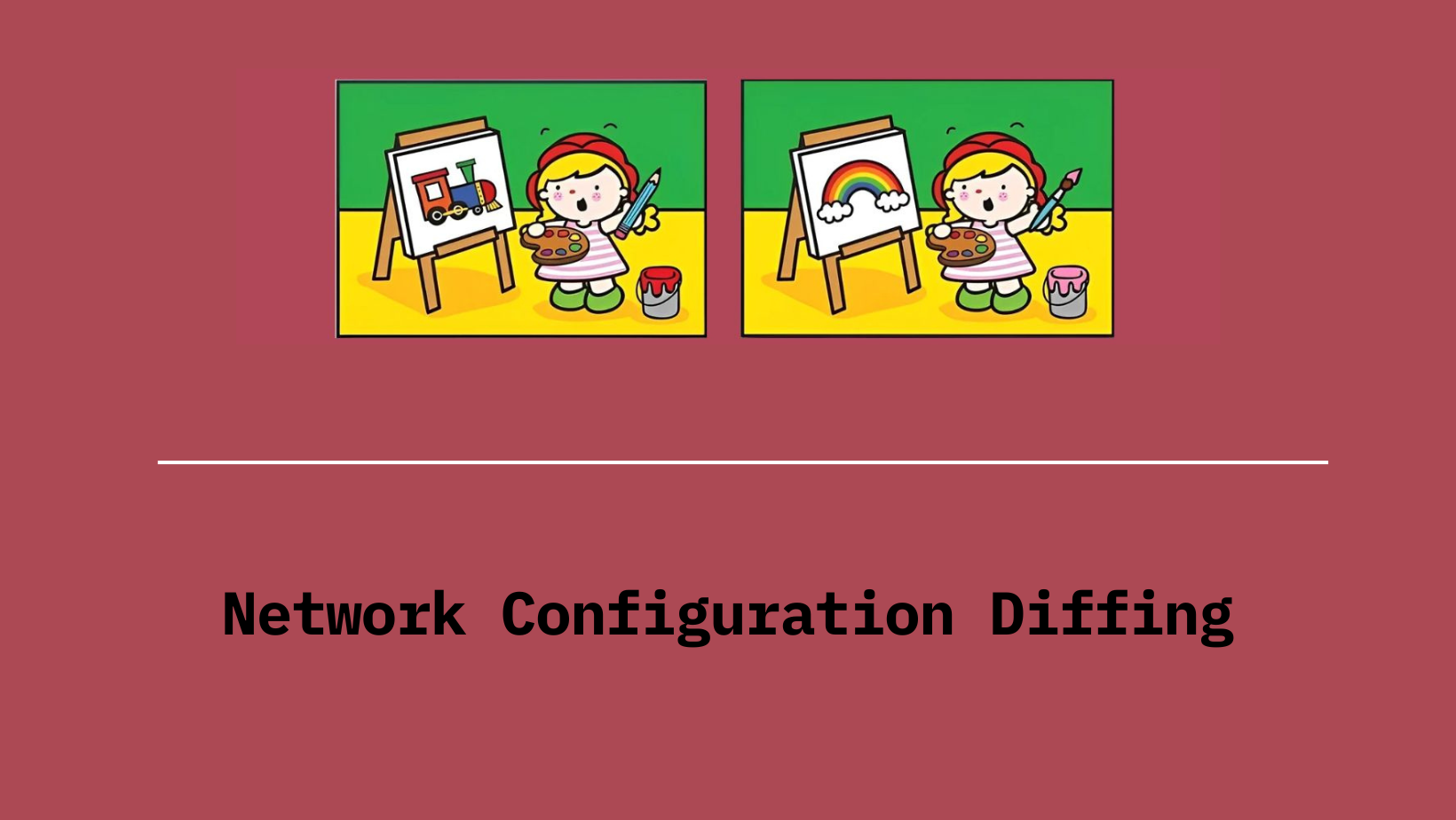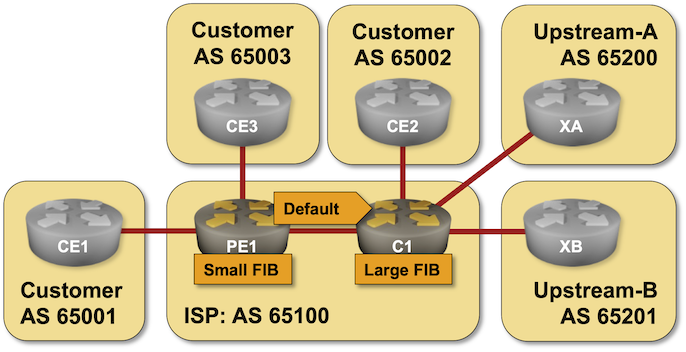East African Internet connectivity again impacted by submarine cable cuts

On Sunday, May 12, issues with the ESSAy and Seacom submarine cables again disrupted connectivity to East Africa, impacting a number of countries previously affected by a set of cable cuts that occurred nearly three months earlier.
On February 24, three submarine cables that run through the Red Sea were damaged: the Seacom/Tata cable, the Asia Africa Europe-1 (AAE-1), and the Europe India Gateway (EIG). It is believed that the cables were cut by the anchor of the Rubymar, a cargo ship that was damaged by a ballistic missile on February 18. These cable cuts reportedly impacted countries in East Africa, including Tanzania, Kenya, Uganda, and Mozambique. As of this writing (May 13), these cables remain unrepaired.
Already suffering from reduced capacity due to the February cable cuts, these countries were impacted by a second set of cable cuts that occurred on Sunday, May 12. According to a social media post from Ben Roberts, Group CTIO at Liquid Intelligent Technologies in Kenya, faults on the EASSy and Seacom cables again disrupted connectivity to East Africa, as he noted “All sub sea capacity between East Africa and South Africa is down.” A BBC Continue reading
NB478: More AI Assistants Emerge; Dell Tracks Hybrid Workers’ Office Attendance
Take a Network Break! We begin the episode with some follow-up on edge AI chips, whether Packet Pushers should start a dedicated AI channel, and a clarification on AWS and VMware. On the news front, we discuss the soft launches of AI assistant from Extreme Networks and Gluware, and a new virtual appliance for Cisco’s... Read more »Network Configuration Diffing

Lately, I was working on a Python script to help my team and me manage interface configurations on Cisco switches. One thing my team asked for was a way to see what changes the script was making to the configurations before and after it did its thing. My first thought was to use Python’s difflib module for this. It’s handy for comparing two sequences and showing the differences.
To give you an idea, here’s an example of what the output looked like using the difflib module.
import difflib
before = """
interface HundredGigE1/0/3
description Dummy interface
switchport mode access
switchport access vlan 10
end
"""
after = """
interface HundredGigE1/0/3
description Dummy interface
switchport mode access
switchport access vlan 20
end
"""
diff = difflib.ndiff(before.splitlines(), after.splitlines())
print("\n".join(diff))
The output of the above script is as below:
interface HundredGigE1/0/3
description Dummy interface
switchport mode access
- switchport access vlan 10
? ^
+ switchport access vlan 20
? ^
end
The team wasn’t too thrilled with the output because it was kinda tricky to read. You really had to know what you were looking for to make sense of it.
While looking for a suitable solution, I came across Continue reading
netlab: VRF Instantiation on Lab Devices
In the previous blog post on this topic, I described how node and global VRFs work in netlab.
TL&DR: If you use the same VRF on multiple devices, it’s better to define it globally.
However, you might not need every VRF on every lab device in a more complex lab topology. Considering that, netlab tries to minimize the number of VRFs configured on lab devices using a simple rule: a VRF is configured on a lab device only if the device has at least one interface in that VRF.
netlab: VRF Instantiation on Lab Devices
In the previous blog post on this topic, I described how node and global VRFs work in netlab.
TL&DR: If you use the same VRF on multiple devices, it’s better to define it globally.
However, you might not need every VRF on every lab device in a more complex lab topology. Considering that, netlab tries to minimize the number of VRFs configured on lab devices using a simple rule: a VRF is configured on a lab device only if the device has at least one interface in that VRF.
HN733: Russ White Hour: IS-IS vs OSPF and a Deep Dive into Ethernet Adapters
We turn the nerd meter up to eleven on today’s episode with longtime friend of the show, Russ White. First we dive into how an Ethernet adapter knows when a link is lost, where Russ teaches us all about loss of carrier and OAM. He also gives us a tutorial on how the rest of... Read more »Treasury and PNNL threat data now available for Financial sector customers to secure applications

Following the White House’s National Cybersecurity Strategy, which underscores the importance of fostering public-private partnerships to enhance the security of critical sectors, Cloudflare is happy to announce a strategic partnership with the United States Department of the Treasury and the Department of Energy’s Pacific Northwest National Laboratory (PNNL) to create Custom Indicator Feeds that enable customers to integrate approved threat intelligence feeds directly into Cloudflare's platform.
Our partnership with the Department of the Treasury and PNNL offers approved financial services institutions privileged access to threat data that was previously exclusive to the government. The feed, exposed as a Custom Indicator Feed, collects advanced insights from the Department of the Treasury and the federal government's exclusive sources. Starting today, financial institutions can create DNS filtering policies through Cloudflare’s Gateway product that leverage threat data directly from these government bodies. These policies are crucial for protecting organizations from malicious links and phishing attempts specifically targeting the financial sector.
This initiative not only supports the federal effort to strengthen cybersecurity within critical infrastructure including the financial sector, for which the Treasury is the designated lead agency, but also contributes directly to the ongoing improvement of our shared security capabilities.
Why we partnered Continue reading
BGP Labs: Reduce FIB Size on Access Routers
Here’s another BGP lab challenge to start your weekend: use RIB-to-FIB filters to reduce the forwarding table size on access routers in a large Service Provider network.

BGP Labs: Reduce FIB Size on Access Routers
Here’s another BGP lab challenge to start your weekend: use RIB-to-FIB filters to reduce the forwarding table size on access routers in a large Service Provider network.

KU055: KubeCon EU Review
Kristina attended KubeCon EU in March and she’s still trying to process it all. In today’s episode, Michael interviews her about what stood out most to her. They dive into the conference’s heavy emphasis on AI, particularly how Kubernetes can help with more efficient GPU utilization. Kristina also reports back on the United Nations hackathon... Read more »Hedge 225: The CCNA

The CCNA has a long history as an important certification for network engineers. While the CCST has been created by Cisco “below” the CCNA, or as a different starting point, many network engineers begin their career with the CCNA. Join Jason Gooley, Wendell Odom, Tom, and Russ as we discuss the most recent updates to the CCNA, the way updates to the program are changing, and Jason’s and Wendell’s updated book on the CCNA.
MLAG Deep Dive: Dealing with LAG Member Failures
Craig Weinhold pointed me to a complex topic I managed to ignore in my MLAG Deep Dive series: how does an MLAG cluster reroute around a failure of a LAG member link?
In this blog post, we’ll focus on traditional MLAG cluster implementations using a peer link; another blog post will explore the implications of using VXLAN and EVPN to implement MLAG clusters.
We’ll also ignore the interesting question of “how is the LAG member link failure detected?”1 and focus on “what happens next?” using the sample MLAG topology:
MLAG Deep Dive: Dealing with LAG Member Failures
Craig Weinhold pointed me to a complex topic I managed to ignore in my MLAG Deep Dive series: how does an MLAG cluster reroute around a failure of a LAG member link?
In this blog post, we’ll focus on traditional MLAG cluster implementations using a peer link; another blog post will explore the implications of using VXLAN and EVPN to implement MLAG clusters.
We’ll also ignore the interesting question of “how is the LAG member link failure detected?”1 and focus on “what happens next?” using the sample MLAG topology:
D2C242: Data Engineering and its Streams, Rivers, and Lakes
Keith Gregory teaches us about data engineering in a way DevOps folks (and hydrologists) can understand. He explains that the role of a data engineer is to create pipelines to transport data from metaphorical rivers and make it usable for data analysts. Keith walks us through the testing process; the difference between streaming pipelines and... Read more »Deploying and Analyze EVPN Instances: Deployment Scenarios
In the previous section, we built a Single-AS EVPN Fabric with OSPF-enabled Underlay Unicast routing and PIM-SM for Multicast routing using Any Source Multicast service. In this section, we configure two L2-Only EVPN Instances (L2-EVI) and two L2/L3 EVPN Instances (L2/3-EVI) in the EVPN Fabric. We examine their operations in six scenarios depicted in Figure 3-1.
Scenario 1 (L2-Only EVI, Intra-VN):
In the Deployment section, we configure an L2-Only EVI with a Layer 2 VXLAN Network Identifier (L2VNI) of 10010. The Default Gateway for the VLAN associated with the EVI is a firewall. In the Analyze section, we observe the Control Plane and Data Plane operation when a) connecting Tenant Systems TS1 and TS2 to the segment, and b) TS1 communicates with TS2 (Intra-VN Communication).
Scenario 2 (L2-Only EVI, Inter-VN):
In the Deployment section, we configure another L2-Only EVI with L2VNI 10020, to which we attach TS3 and TS4. In the Analyze section, we examine EVPN Fabric's Control Plane and Data Plane operations when TS2 (L2VNI 10010) sends data to TS3 (L2VNI 10020), Inter-VN Communication.
Scenario 3 (L2/L3 EVI, Intra-VN):
In the Deployment section, we configure a Virtual Routing and Forwarding (VRF) Instance named VRF-NWKT with L3VNI 10077. Next, Continue reading
Worth Exploring: LibreQoS
Erik Auerswald pointed me to an interesting open-source project. LibreQoS implements decent QoS using software switching on many-core x86 platforms. It’s implemented as a bump-in-the-wire software solution, so you should be able to plug it into your network just before a major congestion point and let it handle the packet dropping and prioritization.
Obviously, the concept is nothing new. I wrote about a similar problem in xDSL networks in 2009.
Worth Exploring: LibreQoS
Erik Auerswald pointed me to an interesting open-source project. LibreQoS implements decent QoS using software switching on many-core x86 platforms. It’s implemented as a bump-in-the-wire software solution, so you should be able to plug it into your network just before a major congestion point and let it handle the packet dropping and prioritization.
Obviously, the concept is nothing new. I wrote about a similar problem in xDSL networks in 2009.